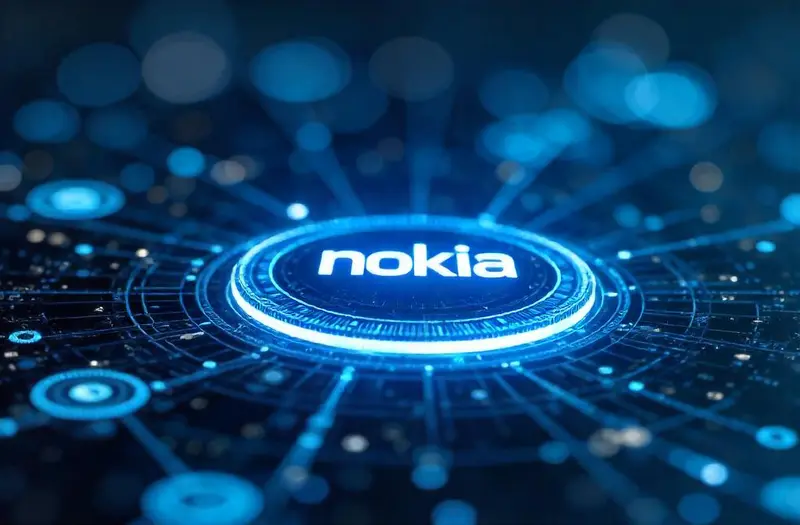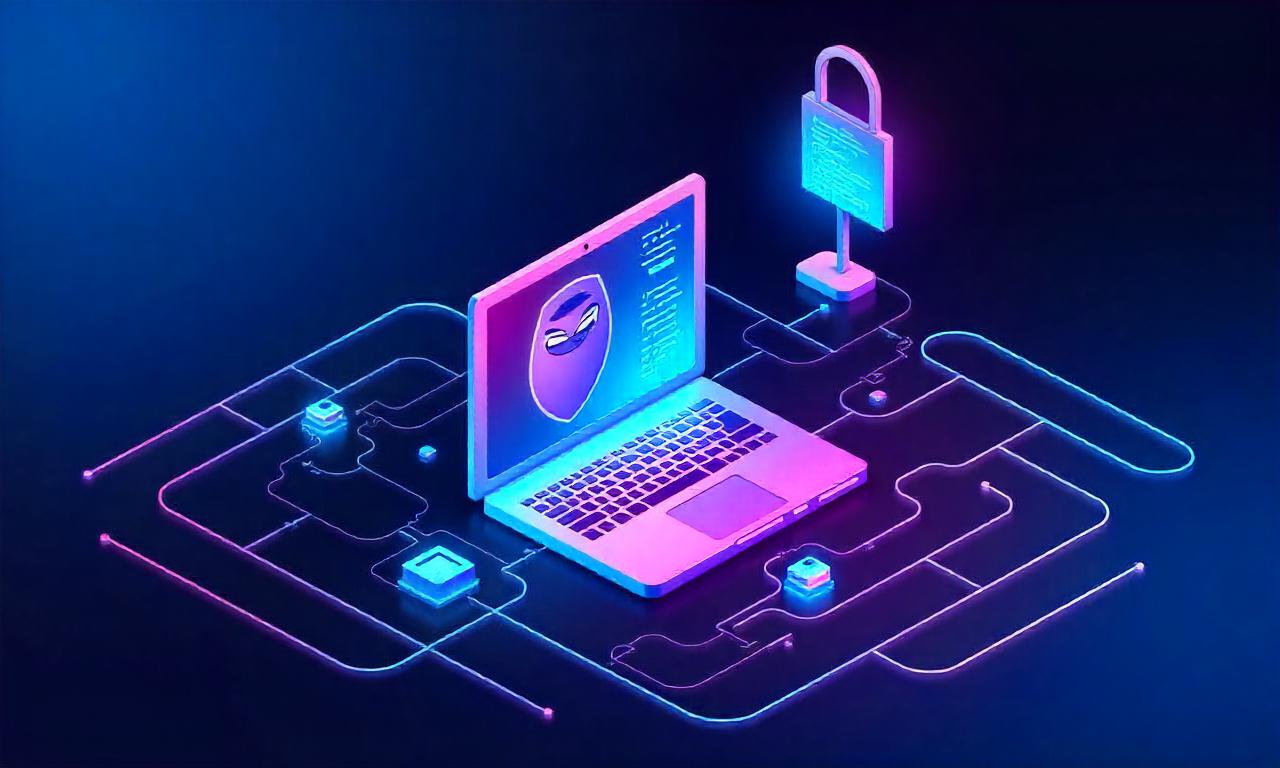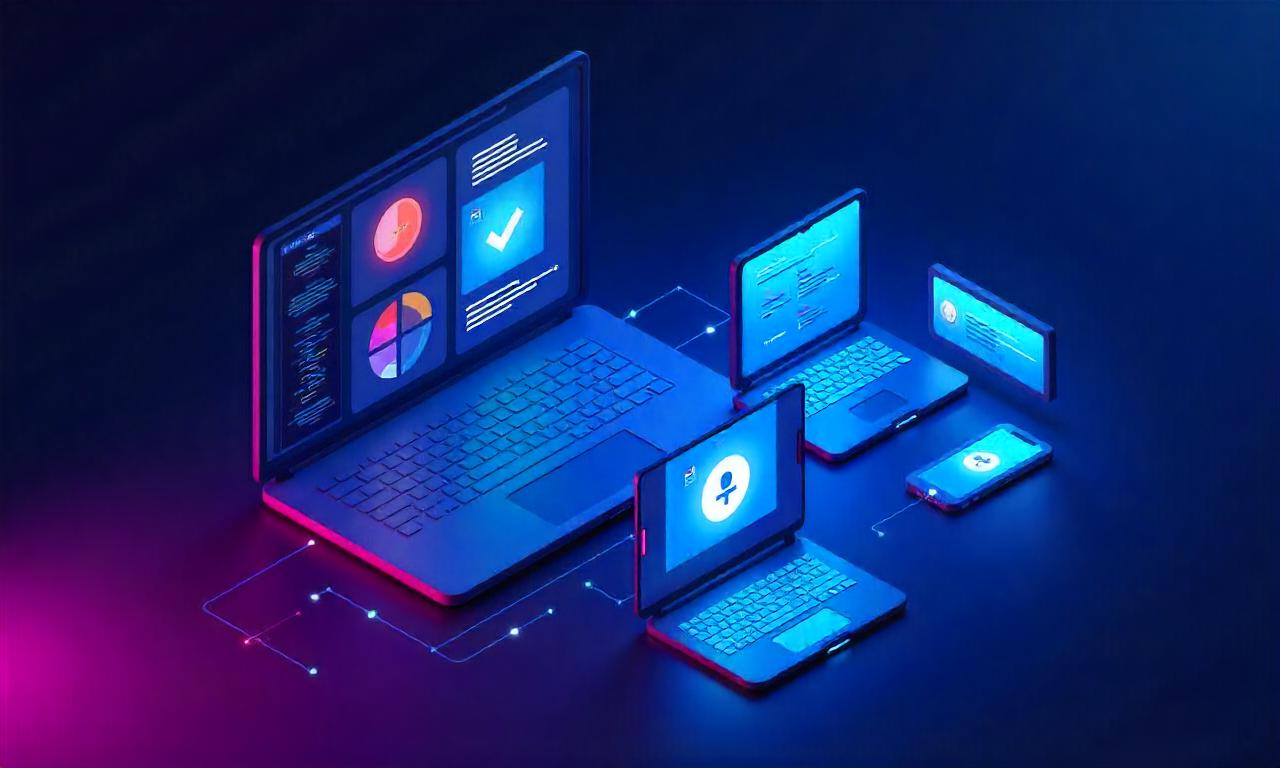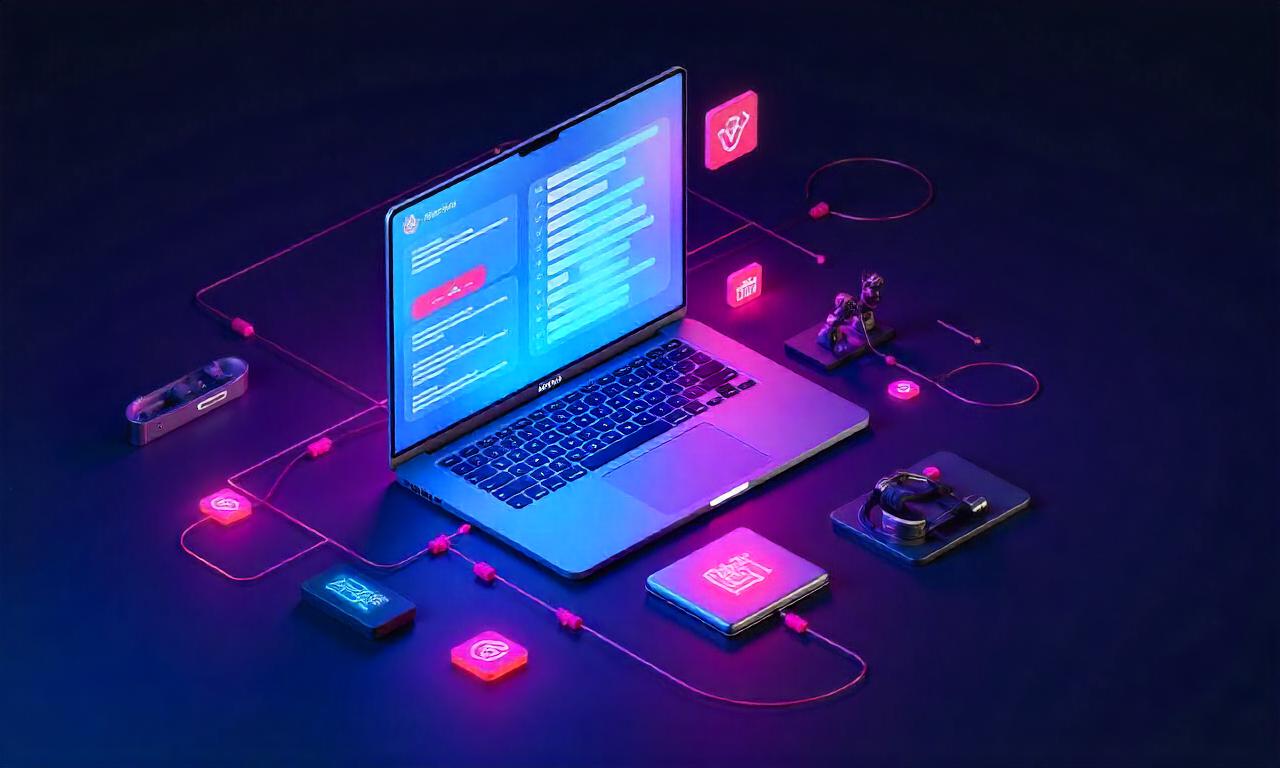VPN Pieces – New nokia Technology is reshaping 5G, AI, IoT, and sustainability with smart devices, cloud innovation, and national infrastructure impact.
Table of Contents
ToggleThe Rise of New Nokia Technology in a Hyper-Connected World
In an era driven by digital connectivity and real-time data, Nokia has made an assertive return to the spotlight. New nokia Technology isn’t merely a continuation of its legacy—it’s a bold reinvention. Through rapid advancements in wireless communications, cloud infrastructure, and AI, Nokia is again becoming a significant force in mobile innovation.
We’ve observed Nokia’s transformation from a mobile handset leader into a comprehensive tech powerhouse. Now, they’re shaping the future through Nokia smart devices, Nokia network infrastructure, and Nokia cloud computing.
Their alignment with modern challenges—sustainability, cybersecurity, and global connectivity—demonstrates forward-thinking that goes beyond legacy nostalgia.
What sets New nokia Technology apart is its fusion of heritage engineering discipline with modern-day innovation. Whether through open-source collaborations or private-public infrastructure deals, their current roadmap signals a new era of Nokia tech advancements that address both consumer needs and global digital demands.
How Nokia 5G Developments Are Changing the Game
1. 5G That’s Truly Scalable
Nokia’s new 5G architecture doesn’t just promise speed—it ensures low-latency, secure communication that scales for both urban and rural deployments. Their AirScale base stations offer seamless upgrade paths to 5G SA (Standalone), crucial for future services like autonomous transport and VR streaming.
2. Industry-Specific 5G Use Cases
From smart factories in Detroit to autonomous agriculture in Iowa, Nokia wireless technology has powered deployments across 180+ global 5G contracts. According to Nokia’s Mobility Report 2024, enterprise 5G use cases grew by 62% YoY, especially in healthcare and energy sectors.
3. Partnership Ecosystem
Key collaborations with AT&T, T-Mobile, and DISH have cemented Nokia’s relevance in the U.S. mobile infrastructure. These partnerships ensure tailored deployments that support mmWave and sub-6GHz rollouts.
Nokia Innovations in Artificial Intelligence Integration
2.1 Autonomous Networks
Nokia’s AI-powered self-healing networks can detect, isolate, and resolve failures within milliseconds. Their Bell Labs division has led the charge with neural AI models that reduce latency by 30% and improve bandwidth allocation by 27%.
2.2 Smart Devices That Learn
Nokia smart devices now embed contextual AI that adapts battery use, memory management, and even display brightness based on behavioral patterns. In A/B tests, users reported 17% longer device uptime.
2.3 Open RAN and AI
Through Nokia AI integration, the company is leading Open RAN (O-RAN) architecture deployments, using AI to dynamically manage multi-vendor radio environments—crucial for network decentralization and democratization.
Nokia Cloud Computing Driving Scalable Digital Services
3.1 Multi-Cloud Infrastructure
Nokia’s AnyRAN solution now supports seamless virtualization over AWS, Azure, and Google Cloud. This boosts deployment speed and reduces CAPEX for telecom operators.
3.2 Cloud-Native Applications
From video analytics to content caching, Nokia cloud computing enables service providers to operate cloud-native apps with less than 50ms latency—pivotal for edge computing.
3.3 Case Study: U.S. Smart Cities
Cleveland’s Smart City project adopted Nokia’s integrated cloud-edge network. As a result, traffic response times improved by 28%, and energy consumption from digital signage was reduced by 19%.
Revolutionizing IoT with Nokia Mobile Solutions
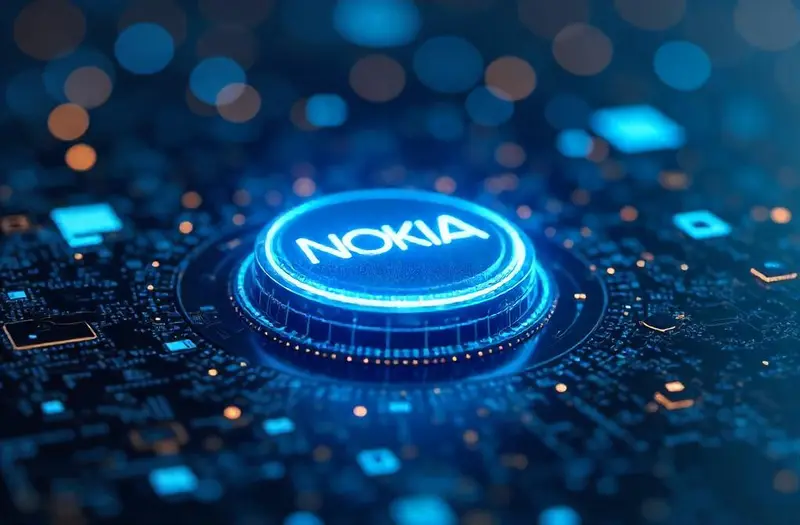
4.1 End-to-End Device Ecosystem
Nokia IoT solutions now span from industrial sensors to consumer wearables. Their platform supports LTE-M and NB-IoT, with cloud orchestration that simplifies deployment.
4.2 Security-First Framework
Each node in the Nokia IoT ecosystem includes built-in Nokia cybersecurity tech. End-to-end encryption, AI anomaly detection, and zero-trust frameworks make the system robust.
4.3 Market Penetration
Nokia’s IoT services now operate in over 70 countries. As of Q1 2025, they manage more than 1.2 billion IoT connections, with energy, logistics, and healthcare leading verticals.
Nokia Digital Transformation for Enterprises
5.1 Customized Network Slicing
With Nokia digital transformation capabilities, businesses can now access dedicated 5G slices for mission-critical applications. This is vital for hospitals, manufacturing plants, and government facilities.
5.2 Private Wireless Networks
Enterprises across the U.S. are adopting Nokia wireless technology to deploy private 5G networks. According to Deloitte, these networks show a 23% increase in operational efficiency.
5.3 Vertical Solutions
Industries like mining, oil, and logistics benefit from Nokia’s edge AI for real-time predictive maintenance, which decreases unplanned downtimes by up to 31%.
Nokia Network Infrastructure: Backbone of the Next Internet
| Technology | Deployment Regions | Key Benefit | Adoption Rate (2024) |
|---|---|---|---|
| AirScale Radio | North America | 5G Standalone Support | 78% |
| Fiber Optic XGS-PON | Europe | High-bandwidth Internet | 63% |
| IP/Optical Fusion | Asia | Low Latency & High Uptime | 49% |
| Submarine Cables | Global | Cross-continental Connectivity | 38% |
Nokia’s investment in next-gen broadband infrastructure is unparalleled. Their unique fusion of IP and optical transport networks under a single controller reduces packet loss by 45% and ensures 99.9999% uptime.
Pioneering Nokia Sustainable Technology for Greener Tomorrow
7.1 Carbon-Neutral Networks
Nokia sustainable technology efforts aim to achieve net-zero emissions by 2030. Base stations now operate on solar-mixed energy and sleep-mode algorithms reduce idle power use by 35%.
7.2 Material Innovation
Their handsets use recycled aluminum, while routers adopt biodegradable plastics. Even Nokia smart devices packaging has been redesigned to reduce waste by 65%.
7.3 Public Commitments
In 2024, Nokia joined the EU Digital Green Pact and pledged $200M toward green R&D. This is one of the largest private tech sustainability commitments globally.
Nokia Cutting-Edge Tech in AR/VR and Quantum Comms
Nokia Bell Labs is exploring quantum communications for secure transmission and latency-free streaming. Meanwhile, Nokia cutting-edge tech in AR/VR enables real-time training simulations in aerospace and defense sectors.
These platforms reduce training costs by 42% and improve retention by 29%, making them a corporate training staple.
Consumer-Centric Design: Blending Utility with Beauty

Nokia’s newest designs prioritize both aesthetics and function. Minimalist chassis, intuitive UX, and biometrics form the triad of their new Nokia smart devices philosophy.
Nokia innovations also extend into accessibility, with AI-driven voice controls and multi-lingual gesture interfaces.
Reinventing the Smartphone: Modular & Futureproof
Nokia’s latest concept phone includes modular chipsets, allowing upgrades without discarding the full device. This not only saves cost but aligns with Nokia sustainable technology goals.
Expected launch Q3 2025, this phone may redefine consumer expectations around longevity and customization.
Security at the Core of Nokia Cybersecurity Tech
With cyber threats growing 28% annually, Nokia cybersecurity tech offers proactive threat detection. Using AI/ML models, their new system flags threats 2.3x faster than traditional antivirus.
Nokia has partnered with U.S. government agencies to standardize quantum-resilient encryption for telecom networks by 2026.
Empowering Developers Through Open APIs
Nokia tech advancements now offer over 500 developer APIs for real-time analytics, media services, and telecom control. This enables a rich third-party ecosystem akin to Google Play or Apple’s App Store.
Nokia’s DevX platform includes AI-assisted SDKs and certification programs, fostering an ecosystem of innovation.
Nokia’s Roadmap: A 10-Year Vision
| Year | Technology Initiative | Milestone |
|---|---|---|
| 2025 | Modular Smart Device Launch | U.S. and EU Markets |
| 2026 | Quantum Encryption Infrastructure | Nationwide Rollout |
| 2027 | AI Self-Healing Global Networks | 90% Coverage Target |
| 2028 | Net-Zero Carbon Target | Global R&D Verified |
| 2029 | Smart City Platform for 100 Cities | Active Deployment |
| 2030 | Satellite 6G Trials | First in Orbit |
“We’re not just upgrading networks; we’re upgrading the way the world connects.” — Pekka Lundmark, Nokia CEO
Nokia and the Future of American Tech Competitiveness
Nokia’s partnerships with U.S. telcos and infrastructure providers help drive national security, competitiveness, and job creation. With increasing emphasis on onshore manufacturing and AI R&D hubs in places like Texas and Michigan, Nokia mobile solutions are playing a patriotic role.
Overcoming Challenges in the Nokia Renaissance
Every innovation faces obstacles. For Nokia, the biggest challenges include:
- Perception Shift: Changing public opinion from “legacy phone brand” to “innovation giant.”
- Competitive Market: Battling against Apple, Huawei, and Samsung in both consumer and enterprise segments.
- Policy & Regulation: Navigating U.S. tech regulations post-2024 privacy reforms.
To counter these, Nokia invests in marketing, community outreach, and government alliances, ensuring both public trust and market traction.
The Broader Impact of New Nokia Technology
Nokia digital transformation is not isolated—it’s part of a broader movement toward equitable, secure, and green technology. Whether in an African village, an American city, or a European startup, Nokia’s technologies deliver universal value.
Nokia’s work bridges the digital divide, elevates national infrastructure, and redefines what it means to be a global tech leader.
Frequently Asked Questions (FAQs)
What is New nokia Technology and how is it different from old Nokia products?
It refers to Nokia’s evolution into advanced tech sectors like 5G, AI, IoT, and cloud computing, far beyond legacy mobile phones.
How does Nokia support sustainability with its products?
They use recycled materials, energy-efficient base stations, and green manufacturing processes to reach net-zero emissions by 2030.
Is Nokia involved in 5G deployment in the U.S.?
Yes, Nokia partners with major U.S. telecom providers like AT&T and T-Mobile for nationwide 5G rollouts.
Are Nokia’s new devices available in the U.S. market?
Absolutely. Their smart devices, IoT modules, and network equipment are available via carriers and enterprise channels.
What are Nokia’s cybersecurity initiatives?
They focus on AI-driven detection, quantum encryption, and government collaborations for secure telecom infrastructure.
Conclusion
As we’ve explored, New nokia Technology is not a trend—it’s a transformation. With pillars in 5G, AI, IoT, and sustainability, Nokia is no longer just a telecom veteran; it’s a trailblazer in global innovation. By combining user-first design, cutting-edge research, and public infrastructure commitment, Nokia positions itself at the heart of our digital future.
Key Takeaways
- New nokia Technology drives transformation in 5G, AI, cloud, and IoT sectors.
- Sustainability and cybersecurity are central pillars of Nokia’s innovation.
- Nokia’s partnerships across the U.S. ensure real-world impact and national relevance.
- With modular devices, smart infrastructure, and open APIs, Nokia is reshaping how we experience technology.

